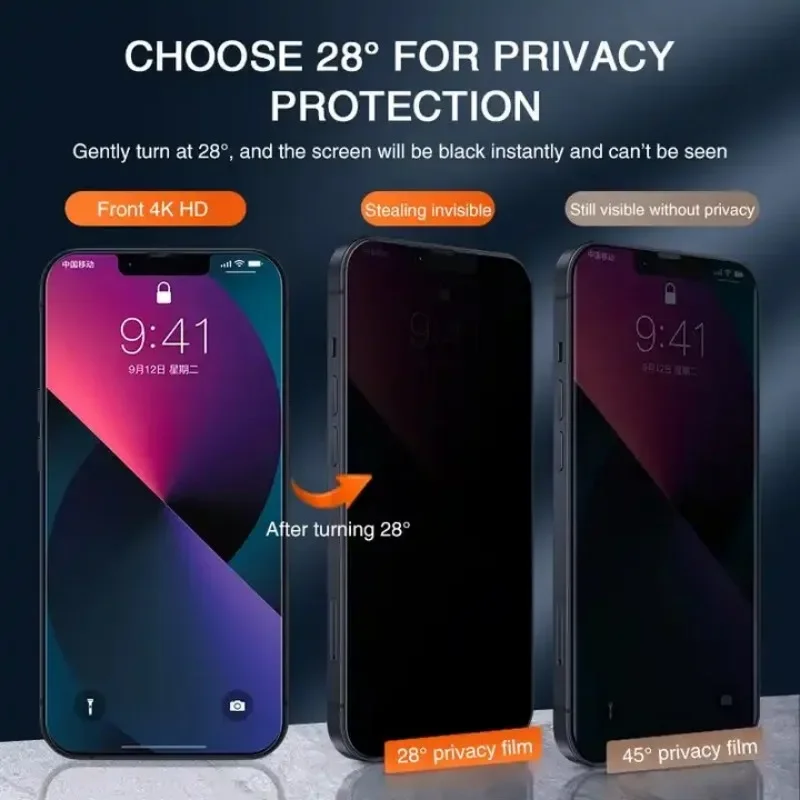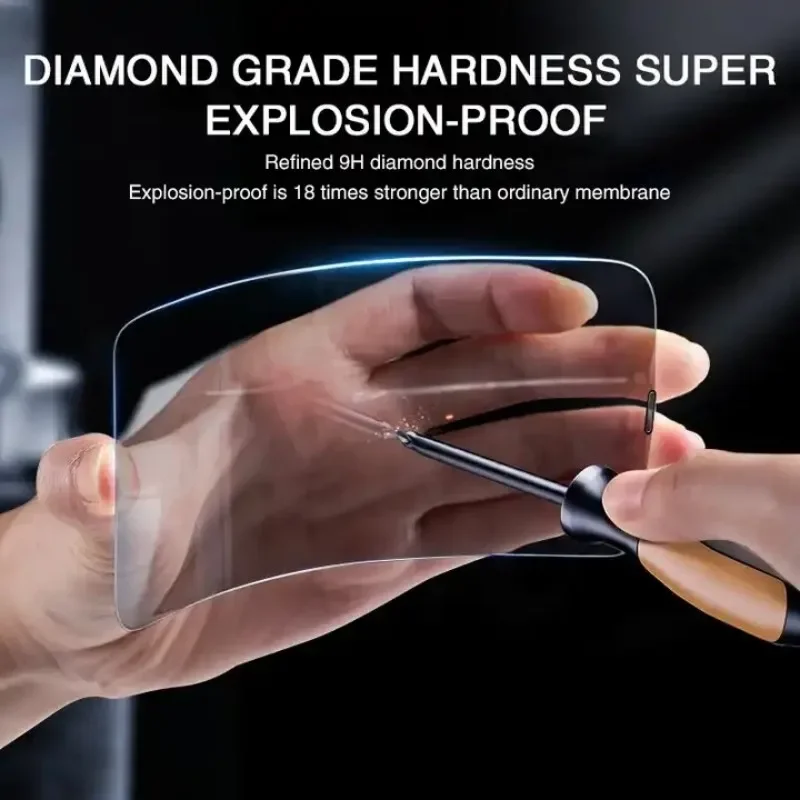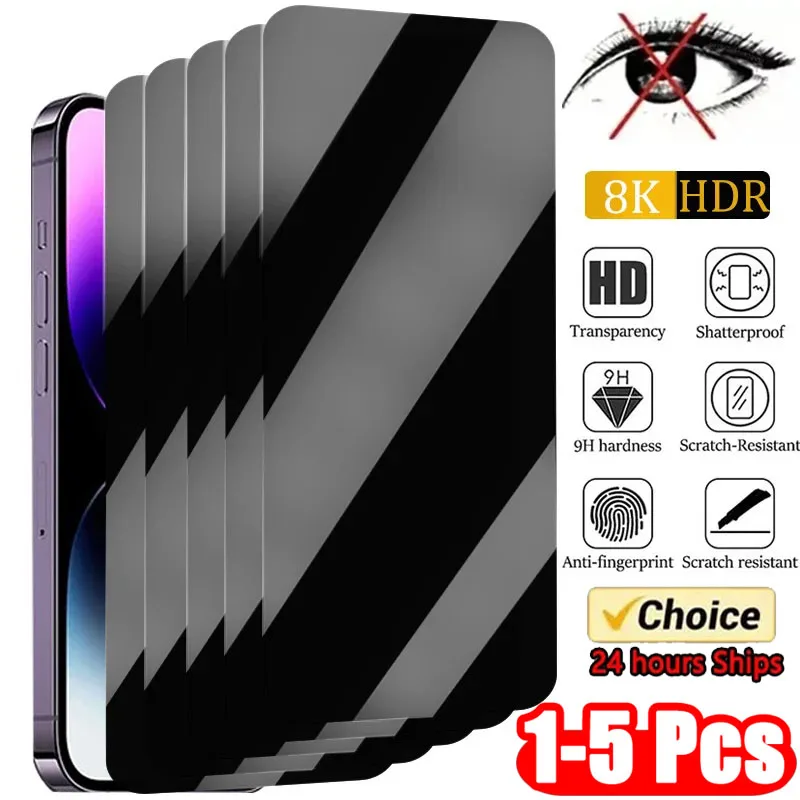Cracked screen protectors are a common issue faced by smartphone and tablet users. Despite being designed to shield your device’s screen from damage, these protectors can crack due to drops, pressure, or long-term wear. When this happens, users often find themselves questioning, “What to Do with a Cracked Screen Protector: Repair or Replace?” This comprehensive guide aims to help you understand your options, evaluate the benefits and drawbacks, and make an informed decision.

Understanding the Severity of the Crack
The first step in addressing a cracked screen protector is to assess the severity of the damage. Light cracks may appear as hairline fractures that do not visibly affect the touch screen’s functionality. In such cases, the protector may still be doing its job, and repair might be a viable option. On the other hand, severe cracks that create visible fissures and cause touch sensitivity issues are a different matter altogether. A shattered or severely cracked screen protector not only diminishes the overall aesthetics of your device but also poses a risk of harming the actual screen.
Benefits of Repairing a Cracked Screen Protector
Repairing a cracked screen protector is an option that some users consider, especially if the damage is minimal. The primary benefit of opting for a repair is cost-saving. Repair kits are available at a fraction of the cost of a new screen protector, and they come with adhesives or resins that can fill in small cracks, making them less visible and less likely to spread. Additionally, repairing is a quicker option, often taking just a few minutes of your time. It serves as a temporary fix, allowing you to prolong the life of your current screen protector until you are ready for a replacement.
Drawbacks of Repairing
While repairing might seem like a convenient approach, it comes with its own set of drawbacks. First and foremost, repairs are generally temporary. The filling material used to fix cracks may wear off over time, and new cracks can develop, necessitating another repair or replacement. Moreover, even after a repair, a cracked screen protector might still compromise the sensitivity of the touch screen, and the repaired areas might be slightly discolored or feel uneven. For large or multiple cracks, the repair process can become tedious, and one might question its practicality.
Benefits of Replacing a Cracked Screen Protector
Replacing a cracked screen protector offers a more permanent solution to the problem. Once replaced, a new protector ensures that your device’s screen is shielded from future damage, maintaining its functionality and aesthetic appeal. New screen protectors are generally more durable and provide better clarity than repaired ones, ensuring an uncompromised touch experience. Moreover, the replacement process, while slightly more expensive than a repair, is relatively straightforward and can be done without professional help.
Evaluating the Cost of Replacement
The cost of replacing a screen protector varies depending on factors such as brand, material, and features like anti-fingerprint coating or blue light filtering. Basic plastic protectors can be inexpensive, while tempered glass protectors might cost more. When evaluating the cost, consider the type and quality of the screen protector you need. High-quality tempered glass protectors offer better durability and protection but come at a higher price point. Determine your budget and weigh it against the level of protection and durability you expect from the new screen protector.
DIY Replacement Process
If you decide to replace the cracked screen protector yourself, the process is generally straightforward but requires careful execution to ensure proper installation. Start by removing the cracked protector, lifting it gently from one corner. Use a plastic card or a similar tool to help lift the protector if it doesn’t come off easily. Clean the screen thoroughly with a microfiber cloth and a mixture of water and isopropyl alcohol to remove any adhesive residue and dust particles. Once the screen is clean and dry, align the new screen protector carefully with the edges of your device. Apply it slowly, ensuring there are no air bubbles trapped underneath. Use a squeegee or a credit card to smooth out any bubbles and secure the protector in place.

Professional Replacement Services
For those uneasy about a DIY replacement, professional services are available to ensure a perfect fit. Many electronics stores and repair shops offer screen protector installation services, often at a nominal fee. Professional installation guarantees that the protector is applied without bubbles or misalignment, safeguarding your device’s screen effectively. Some repair warranties or insurance plans might also cover screen protector replacements, providing an added layer of convenience and cost-saving.
Types of Screen Protectors to Consider
Choosing a new screen protector involves more than just finding the right fit for your device. Various types of screen protectors offer different benefits. Tempered glass protectors provide superior protection and feel smoother to the touch, closely mimicking the original screen. They are also more resistant to scratches and impact. Plastic protectors, while less durable, are thinner and can be more affordable. Some screen protectors come with additional features like anti-glare, anti-blue light, or privacy filters, catering to specific needs and preferences. Evaluate these options based on your priorities, whether it’s maximum durability, specific features, or budget constraints.
Environmental Considerations
In the era of increased environmental awareness, it’s wise to consider the ecological impact of discarding a cracked screen protector. Repairing the protector can be seen as an environmentally friendly option, as it reduces waste. However, when the protector is beyond repair, responsibly disposing of it is crucial. Many electronic stores and recycling centers accept used screen protectors, ensuring they are disposed of properly or possibly recycled. When replacing your protector, consider brands that offer eco-friendly options made from biodegradable materials or companies that support recycling programs.
Extending the Lifespan of Your New Screen Protector
Once you’ve replaced or repaired your screen protector, taking steps to extend its lifespan is a practical move. Use a suitable phone case that offers additional protection, shielding both the screen and the protector from potential damage. Regularly clean the protector using a microfiber cloth to keep it free of dust and smudges, as these can cause scratches over time. Avoid exposing your device to extreme temperatures, direct sunlight for prolonged periods, and avoid placing heavy objects on it. These measures can help in maintaining the integrity of the screen protector and minimize the chances of it cracking again.
Warranty and Return Policies
When purchasing a new screen protector, it’s beneficial to review the warranty and return policies offered by the manufacturer or retailer. Some high-quality screen protectors come with warranties that cover cracks and other damages. These warranties might include free replacements within a specific period. Similarly, retailers often have return policies that allow you to exchange a defective product. Understanding these terms can provide peace of mind and additional value, ensuring that you are covered in case of early damages or issues with the product.
Technological Advancements in Screen Protectors
The market for screen protectors is continually evolving, with manufacturers developing advanced materials and features to enhance durability and user experience. Innovations such as self-healing protectors, which can repair minor scratches and cracks on their own, are becoming increasingly popular. Additionally, liquid screen protectors, which are applied as a liquid and harden into a protective layer, offer an alternative to traditional films and glass protectors. Staying informed about these technological advancements can help you make an educated decision when choosing a screen protector, potentially reducing the frequency of replacements needed.

The Psychological Aspect of Device Maintenance
Maintaining a pristine device, free from cracks and damage, can offer significant psychological benefits. A well-kept smartphone functions not only as a tool but also as a status symbol and a source of personal satisfaction. Knowing that your device is properly protected can alleviate concerns about potential damages, promoting peace of mind. The effort put into replacing or repairing a screen protector also reflects a level of care and responsibility towards your belongings, contributing to a positive self-image and reinforcing good maintenance habits.
Budget-Friendly Options
While high-end screen protectors offer superior protection, budget-friendly options are available that provide adequate protection without breaking the bank. Plastic protectors, although less durable than tempered glass, can still offer good scratch resistance and basic impact protection. Bulk purchase bundles offer multiple protectors at a discounted rate, providing a cost-effective solution for frequent replacements. Balancing cost with durability and protection needs can help you find a screen protector that fits both your budget and your device’s requirements.
Conclusion
Dealing with a cracked screen protector can be an inconvenient experience, but knowing “What to Do with a Cracked Screen Protector: Repair or Replace?” can make the process smoother and more manageable. Whether you choose to repair or replace, assessing the severity of the damage, understanding your options, and considering the environmental and psychological aspects can guide you to an informed decision. By taking preventive steps and selecting the right type and quality of screen protector, you can effectively protect your device and prolong its lifespan, ensuring it remains in optimal condition for as long as possible.


